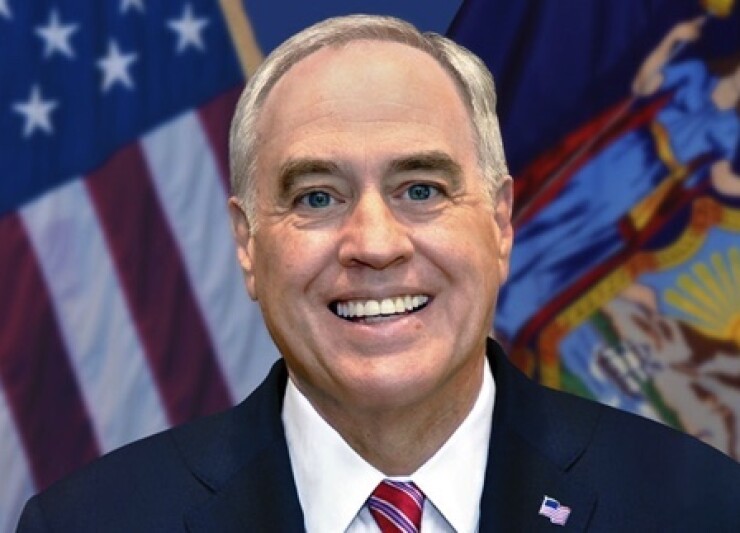
New York City projects a surplus of $439 million in fiscal 2017, according to a
The surplus, he added, will probably increase as the year progresses despite slowing job growth and tax collections.
"The city's economy is strong, but job growth and tax collections in the near future are unlikely to be as robust as they have been in recent years," DiNapoli said. "Additionally, a number of budget risks could increase the size of the out-year budget gaps."
Possible threats to de Blasio's four-year financial plan through 2020 include fiscal challenges at the city's Health + Hospitals Corp. and federal funding that may not materialize.
HHC projects a cash balance of $116 million by June 30, enough to pay its bills for only seven days, said DiNapoli. This forecast, he said, assumes implementation of a transformation plan which is forecast to save $779 million in FY 2017. The plan relies heavily on additional federal aid -- $1.4 billion over four years -- which has not yet been approved and may collide the policies of the incoming Trump administration.
"HHC is also falling short of targets to reduce staffing and increase membership in MetroPlus [HHC's own health insurance plan,]" said DiNapoli. "The city could be called upon to increase its support if the anticipated resources do not materialize."
The incoming federal administration has signaled its support for changes in existing federal programs and taxes, as well as regulations affecting the financial services industry. New York City's budget includes about $7 billion in federal aid, mostly for social service and education programs, and the securities industry is an important part of the local economy.
Moody's Investors Service rates the city's general obligation bonds Aa2, while Fitch Ratings and S&P Global Ratings assign AA. All three assign stable outlooks. The city had roughly $37.8 billion of general obligation debt as of Sept. 30.





